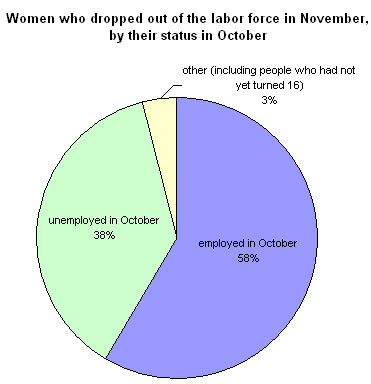Few small-business owners — the kind of people who accumulate wealth through a service or manufacturing business and are working at it every day — have the deep pockets of a major corporation. Consider what Amgen, the world’s largest biotechnology company, did to help win an exemption in the so-called fiscal cliff bill to extend its patent on a profitable dialysis drug for two more years at a great cost to Medicare. It sent its 74 lobbyists in Washington to meet with — and direct contributions to — a host of politicians who worked in its favor.
But even if small businesses can’t buy the kind of influence that a huge company like Amgen, that does not mean they cannot buy influence at all. Still, as in other aspects of life, you get what you pay for.
Entrepreneurs would want to hire a lobbyist for a fairly straightforward reason: they have an issue they want addressed or changed and they have reached the point where they feel they need to act. What is more difficult is acting on that impulse effectively, knowing it could cost a lot of money.
Lawrence E. Scherer, a founder of State and Broadway, a lobbying firm in New York, said a typical retainer for a small-business client would be around $5,000 a month, but the assignment could last for a year or more. Suri Kasirer, once an aide to former Gov. Mario Cuomo of New York and president of Kasirer Consulting, said her typical retainer was $10,000 to $20,000 a month, with a three-month minimum.
“For small-business owners, the idea of having a lobbyist interact with a government is so novel and so out of their scope that $5,000 a month could seem daunting,” Mr. Scherer said. “But as government has more issues in front of it, it could be a cheap date.”
People who have success lobbying state and local governments — since the federal government is beyond the budget of individuals — tend to fall into three categories: they want something changed, they want something new or they want access.
Avik Kabessa, chief executive of Carmel Car and Limousine Service in New York City, said he became part of a group of livery car owners in 2008 that lobbied the state to establish a workers’ compensation fund for livery drivers and to repeal a sales tax on livery fares.
He said it took a year and a half for the lobbying effort to work. The costs were split among members of the group, called the Livery Round Table. (Livery companies fall between higher-end black car and limousine services and city taxis.)
“I wish we had the expertise, knowledge and contacts to have been able to do this ourselves,” he said. “But just as you would go to a doctor when you’re sick, you go to a lobbyist for your legislative affairs.”
Ms. Kasirer is working on a similar case with a group of small-business owners who do not often work well together. She is representing seven expediters — companies that are paid by contractors and developers to get various building permits in New York City. She said new rules could end their business.
“We were approached by a few of them, and we said, ‘Let’s get as many of them together as we could,’ ” she said. “They realized that ultimately they could be put out of business or their business could be so severely handicapped that they would have to lay off people.”
For small-business owners, forming an ad hoc group and putting aside any competitive business interest to get something greater for their industry is important. So, too, is having the patience and the willingness to accept something short of their goal and then go back for more.
Domenic Rom, a senior vice president at Technicolor, a postproduction company for film and television, became part of a group of similar companies that wanted to lobby for a tax credit. While New York offered tax credits for shooting a film or television show in the state, it did not offer similar credits to the postproduction part of the industry, which includes editing, sound design and adding computer-generated effects.
Mr. Rom said the 14 companies created the Post New York Alliance and each paid $5,000 in dues. They began lobbying in 2009, working with Mr. Scherer. By the next year, they received a 10 percent tax credit for postproduction work.
Article source: http://www.nytimes.com/2013/01/26/your-money/what-the-small-player-can-expect-when-using-a-lobbyist.html?partner=rss&emc=rss
